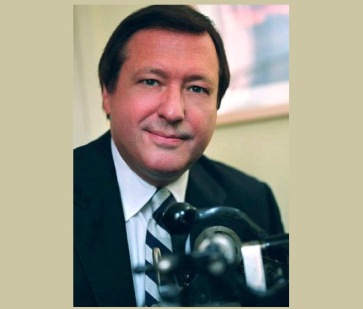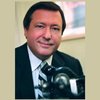FM Talk Management Insight to Profits - If Every Station was a Talk Station - Walter Sabo

Radio's original programming slate was completely random. As a new, experimental medium, all radio stations aired a vast array of programming from Operas to farm news to live music. Until 1940 there was an actual LEGAL debate about whether or not recorded music could be aired on the radio
EVERY STATION IS A TALK STATION. NOW WHAT?
Imagine if every radio station, except one, in every city was programmed fulltime as a Talk station. How would those talk stations differentiate themselves to the listener? They couldn't all take the same approach, they would have to appeal to different demo and psychographics. There would be talk stations for TEENs, 18-24 men, 25-34 women, 35-54 year old professionals. You would hear talk stations just for parents, singles, sports fans, all news for people over 50 and for people under 25. In LA, New York and San Francisco there are over 60 viable signals; the possible format iterations would match the scope of human interests.
Music stations today are well defined with discrete audiences. Yes, a CHR fan might also listen to Classical music but those musical genres are absolutely going to air on two different stations. No one thinks of "music" as a format. Each musical genre has stations devoted to a single genre.
ONLY ONE MUSIC STATION PER MARKET.
Most cities have had a history of being the home to ONE talk station. If history was different, consider a marketplace with dozens of talk stations and ONE music station. That music station would do very well, it would be the only music station. It would air CHR, Urban, Country, Jazz, Polkas. It would probably be the number 1 station in the city. Why? It was the only music station. Because of its dominance, radio execs would say, "That's how you do music radio. You play CHR and AC and Jazz all on the same station. The results prove that's right, the station is number 1." But you clearly see that such a music station would be number 1 or 2 because it is the only music station.
At some point, an innovator would say, "Let me try to play just Country music." The response from his radio peers would be outrage. i.e. "You can't just play Country music. That's not how you do music. Where has it been done before?"
THAT'S HOW YOU DO TALK
Since most cities have had one talk station, if any, the creative approach to producing talk radio was unchallenged. The single talk station often did well because---IT HAD NO TALK COMPETITOR. All the revenue, prestige and format tenure defaulted---defaulted---to one station. Because most cities had only one talk station many broadcasters concluded, "There can only be one." They feared themselves out of the talk revenue stream for many reasons including the notion that "talk is soooo expensive to do." To this day no one has produced the financial rules and regulations that say Talk has to be expensive.
THE FIRST key deviation from the "That's how it's always been done" school of talk radio was Mike Craven's all-sports WIP. That was followed by Jeff Smulyan's WFAN. The list of radio execs who thought those stations would fail can be found on the walls of barrooms along the Eastern Seaboard.
TALK IS A BETTER BUSINESS, THAT'S WHY IT BELONGS ON FM.
This is the moment in history where it is time to "just play country music." That is, it's time to target specific audiences with talk on FM. Traditional AM Talk stations are excellent at reaching a 55+ audience. If a company puts the "AM" format on FM, it will also reach a 55+ audience but have an overall smaller share. Why volunteer for that?
WHY BOTHER?
If a music station delivered the demos of an AM Talk station---it would change formats fast. But most AM Talk stations, with predominantly 65+ listeners have been in the format for decades. Why? Because Talk sells.
• Advertisers get the best response with Talk because the audience is engaged on every level.
• Talk tolerates a high commercial load. Commercials are a positive part of the programming flow.
• In times of crisis, Talk demonstrates what radio does best; reacts instantly to local market needs and tastes.
But the problem is that 65+ demo.
PROBLEM SOLVED
For well over 20 years, SABO media and our clients have discovered how to take the ADVANTAGES of talk to the FM band without the disadvantages. Select a demographic target. That's the target that can be reached with Talk on FM.
Young men? WTKS FM Debuted # 1 18-34 Men in 1994!
Young Women: Wendy Williams' PM Drive call in show on WBLS.
NO CUME SHARING.
It is very easy to earn a high share with Talk on FM without sharing ANY audience with an AM Talk station. It's a sad, loser myth to believe that FM Talk automatically takes away audience from a 65+ AM Station. That's like saying Z-100 steals audience from the Music of Your Life station just because they both play music. Through host and topic selection combined with a rigorous format clock and format guidelines, any audience can be reached with Talk on FM.
The opinions and points of view expressed in this commentary are exclusively the views of the author and do not necessarily represent the views of MediaBizBloggers.com management or associated bloggers. MediaBizBloggers is an open thought leadership platform and readers may share their comments and opinions in response to all commentaries.

